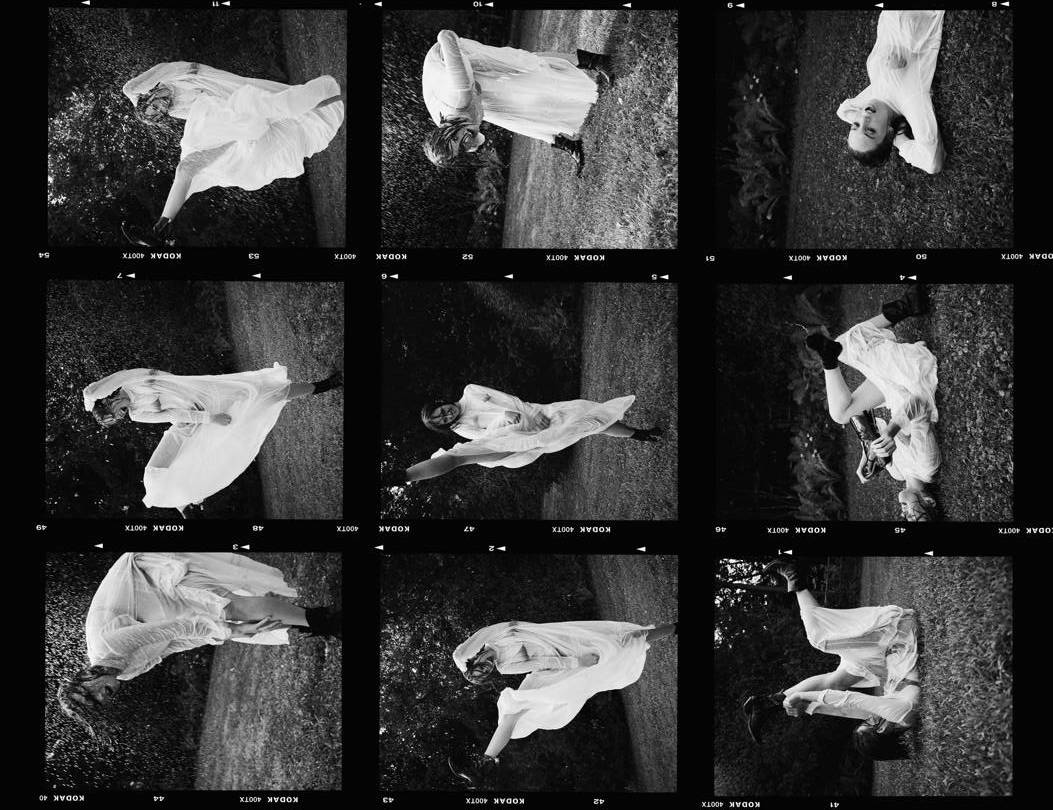Celebrating Women Film Editors
When thinking about your favorite movies, you can probably name the director, some of the actors, and maybe the writer who all worked to contributed to an amazing creation. But how often do you think of the editor? Even avid cinephiles don’t always think of the editors, who are tasked with piecing a narrative out of mountains of footage, as artistic collaborators in the making of a film. Sometimes the best editing is editing you don’t even notice — “invisible art,” if you may.
What is doubly remarkable about invisible editors is that many of the best, in Hollywood and abroad, have historically been women. Women began as “cutters” who would cut strips of film by hand and then paste them together; these women were able to make their artistic mark on the filmmaking process even when they might have been excluded from other roles in the movie industry.
On a recent Tuesday evening in the middle of Women’s History Month, I went to my local movie theater in Princeton, New Jersey for a special event to celebrate the rich history of female film editors. My filmmaking professor had handed out flyers for the event, but I had already heard the campus arts community buzzing about this amazing project: Edited By: Women. Filmmaker Su Friedrich, a professor of Visual Arts at Princeton University, began the project to celebrate the often-unrecognized contributions that women have made to the art of filmmaking. This culminated in a newly launched website, Edited By: Women Film Editors, which celebrates 139 female editors who revolutionized film. The site provides an immense wealth of information, including a timeline of female film editors and biographical details on each woman.
At the screening I attended, Friedrich discussed the evolution of her project which began when she read a chapter in a film history book about editing that listed the names of directors but not editors. She realized that a remarkable number of landmark films were edited by women and thus began her Princeton-supported journey delving into these women’s histories and figuring out why the general public doesn’t know more about them.
There are the innovators of early cinema—Viola Lawrence, who was a firm believer in the power of close-ups and who ordered director Orson Welles to add more of them into his film, Dorothy Arzner, an editor and director who became the first female member of the Directors Guild of America in 1938, and Margaret Booth, who pioneered the classical “invisible” editing style. Then there are people like Cécile Decugis, who edited Jean-Luc Godard’s Breathless, a film renowned for its groundbreaking editing techniques, and Thelma Schoonmaker, who has edited all of Martin Scorsese’s films since the 1980s and has received three Oscars. And finally there are the female directors who frequently edit their own work—like Cheryl Dunye, Barbara Hammer, Trinh T. Minh-Ha, or Agnès Varda, just to name a few.
Friedrich compiled a companion film to the project, “Edited by,” which represents the work of sixty-five women on the site. Brief clips of the women’s work were shown, giving us all a mini-narrative of film history: The Wizard of Oz (edited by Blanche Sewell), Singin’ in the Rain (edited by Adrienne Fazan), Star Wars: A New Hope (edited by Marcia Lucas, Richard Check and Paul Hirsch), E.T. (edited by Carol Littleton), Pulp Fiction (edited by Sally Menke), Moonlight (edited by Joi McMillon and Nate Sanders), unsurprisingly edited by…women. Film is an incredibly collaborative art form, and it takes the work of countless people to put it all together—just look at all the names in the credits It was astonishing to see the work of these women and learn their stories. I had seen many of these films countless times, so it was shocking that I was only now aware of the true forces behind their creation.
Just a few days before the event, I had been struggling to learn how to use the Adobe Premiere editing software for an assignment for my filmmaking class. I sat in the computer lab for hours, staring at the assortment of different shots, wondering how I would possibly piece them all together. But as I watched the companion film, I got goosebumps soaking in the beauty of the seamless transitions, the perfectly timed cuts, and the exhilarating montages – it was a masterful, thrilling narrative assembled from fragments of raw footage. Still learning the basics, I am a long way off from being able to edit anything like these women. But now whenever I’m struggling to edit a sequence for class or feeling uninspired in life, I have all of these editors’ work to return to. There’s a long history of women film editors and a long future of continued inventive, electrifying art. It’s about time we fully recognize the magic they have created.
By Katie Duggan
Princeton student, feminist film enthusiast, and lover of all things spooky.




